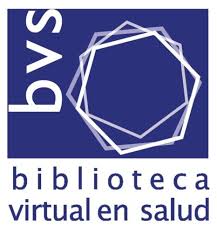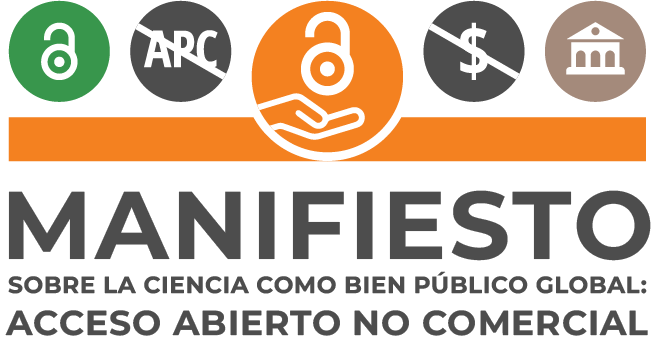Early surgical exploration model in post-cesarean sepsis
DOI:
https://doi.org/10.5377/creaciencia.v0i3.9235Keywords:
Early Surgical Exploration Model, Caesarean section, Hospital Nacional ZacamilAbstract
The study is of a descriptive-retrospective type whose main objective is to evaluate the application of the early surgical exploration model in sepsis after cesarean section at the Zacamil National Hospital (HNZ) in the period 2002-2003. It was found that during the study period 1,928 cesarean sections were performed, of which 54 presented an infectious process after surgery. 95% of the cesarean sections performed at the HNZ were term pregnancies and among the main indications were acute fetal distress and cephalo-pelvic disproportion. Among the factors predisposing to infection (cesarean sections performed at the HNZ, only 9% of patients with duration of labor greater than 12 hours, 11% of patients with less than 6 intrapartum vaginal examinations, 4% of patients with premature rupture of ovular membranes, ci 7% of cesarean sections had a surgical time greater than 60 minutes and 28% had maternal anemia prior to caesarean section. The main symptom/sign of infection was fever. 25% were adolescent women, 83% primiparous, the model proposed in 98% of cases was apnea, the pathology most Frequently detected is a subaponeurotic abscess (43%).There were no subsequent complications.
Downloads
Published
Issue
Section
License

This work is licensed under a Creative Commons Attribution-NoDerivatives 4.0 International License.
Los artículos de Crea Ciencia están publicados en acceso abierto bajo una licencia CC BY-NC-SA 4.0 de la Universidad Evangélica de El Salvador.





















